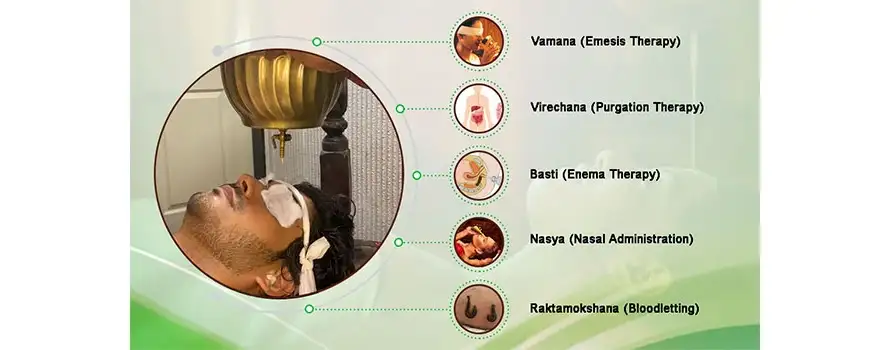Parotid glands are the major salivary glands that are located lateral to the masseter muscle anteriorly and extending posteriorly over the sternocleidomastoid muscle behind the angle of the mandible.
Parotitis is the condition where there is inflammation of the parotid glands. Infections range from acute to severe. There are many causes to it.
The main causes are:
- Dehydration: This is a common, non-infectious cause of parotitis. It may occur in elderly persons or after surgery.
- Infectious parotitis: They are:
- Acute bacterial parotitis: Caused by bacteria called Staphylococcus aureus. They are associated with swelling at the angle of the jaw and usually produce pus. The person suffers from fever, severe dehydration, chills, etc. More frequently seen in elderly patients, neonates, and postoperative patients.
- Parotitis as extrapulmonary tuberculosis: The mycobacterium which causes tuberculosis can also cause parotid infection.
- Acute Viral Parotitis: This is the most common viral parotitis (Mumps) seen especially in children. Mumps resolve on its own in about10 days.
- Juvenile recurrent parotitis (JRP) is the second most common inflammatory cause of parotitis in children.
- HIV Parotitis: HIV-associated parotitis presents an enlarged parotid gland and a dry mouth.
- Autoimmune causes: Also known as chronic autoimmune parotitis.
- Blockages: Blockage of the main parotid gland or any of its branches causes parotitis. This may be due to salivary stone(salivary duct calculus), mucous plug, or tumor.
- Disease of uncertain cause: There are many uncertain causes some of the major and commonly seen are:
- Chronic nonspecific parotitis
- Recurrent parotitis of childhood ( clinically resembles mumps)
- Sialadenosis (commonly seen in persons aged between 20-60 years)
- Pneumoparotitis
Symptoms:
There is a sudden onset of indurated, warm, erythematous swelling in the auricular areas associated with local pain, high fever, chills, and tenderness.
Duration :
Generally, episodes begin by the age of 5 years and virtually patients become asymptomatic by the age of 10-15 years. Usually, it affects for 3-7days but even may last 2-3 weeks in some individuals.



